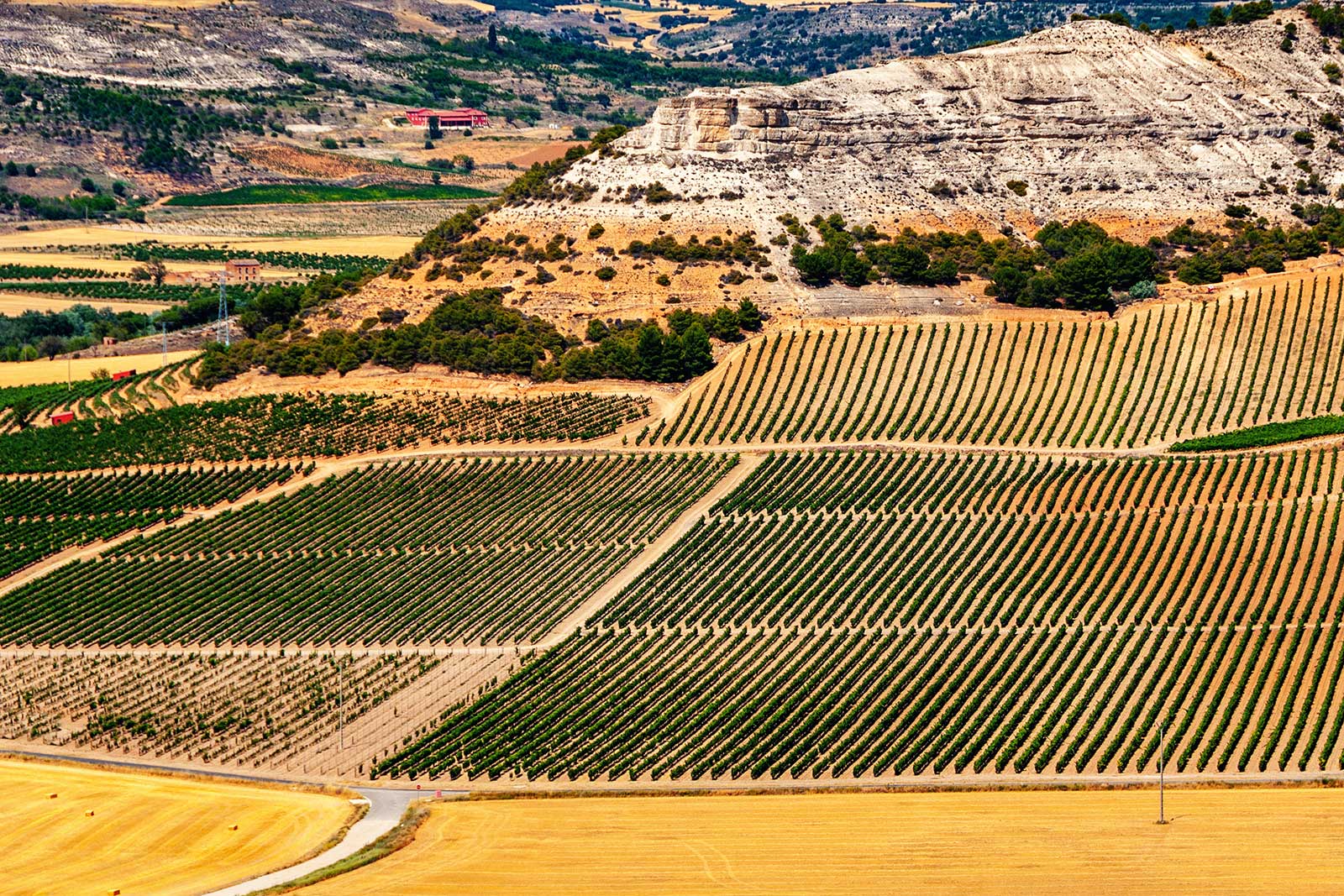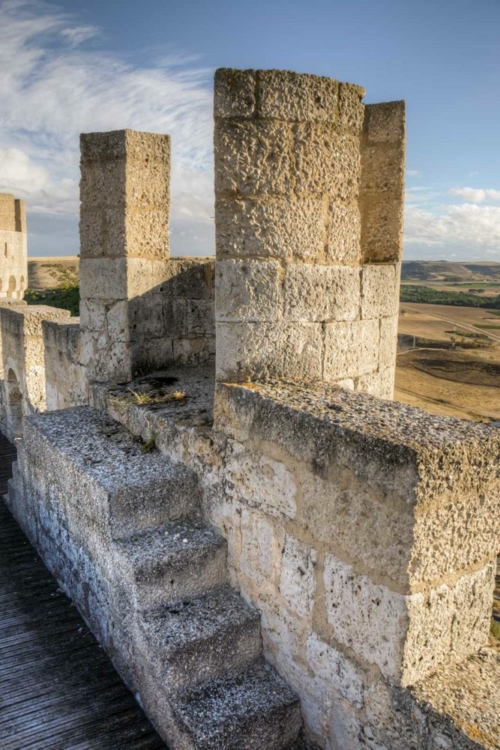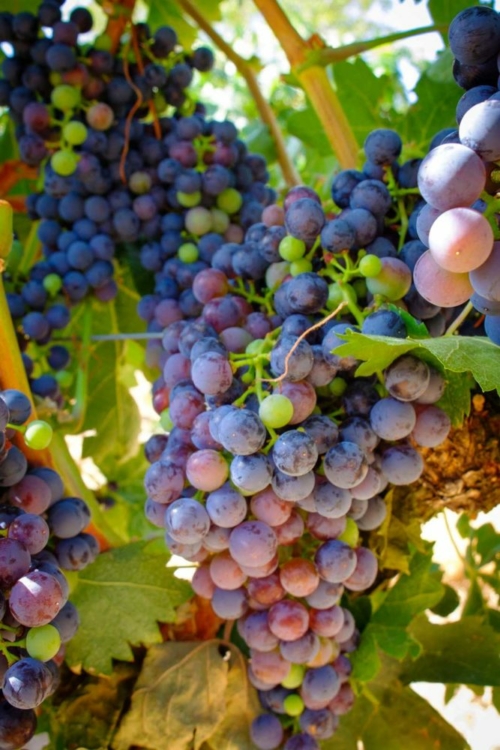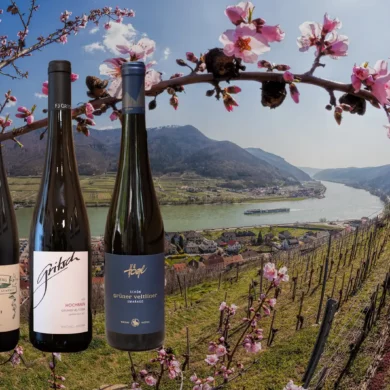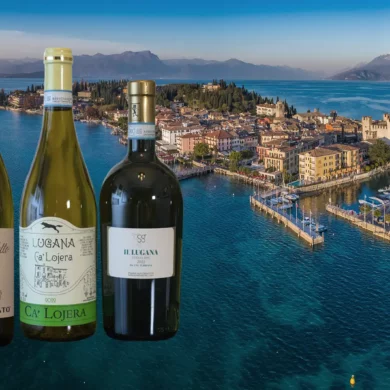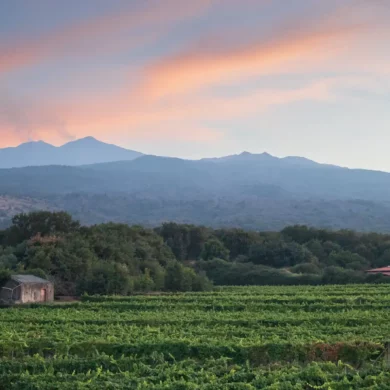Several years ago, when I was handed my first pour of Ribera del Duero, I couldn’t have told you much about the wine or the region despite the fact that I was standing in one of its vineyards just outside Aranda del Duero. All I knew then was that I liked it, that this easy-drinking Spanish red scratched an itch for me personally in a way that differed from other big-bodied Spanish reds from places like Priorat and Rioja.
![Pullquote: "The [recent] shift in ethos is not about abandoning the classic Ribera del Duero style that established the region, but more about the region leveling up on the whole." –Clay Dillow](https://www.openingabottle.com/wp-content/uploads/2020/12/Dillow-quote-500x211.png) But over the next few days, as I bounced from one sun-baked hillside to the next, talking with producers and sampling their handiwork, I began to understand why. Though an overwhelming majority of the grapes produced in Ribera del Duero are Tempranillo, this was a different kind of Tempranillo than anything I’d experienced previously. And the more I tasted my way across the region, the more I found a range of nuanced expressions of this single grape (though admittedly, small amounts of Cabernet or Merlot may have entered the mix). I’d discovered a rabbit hole that I’ve not stopped exploring in the years since, even though big, oaky, fruit-forward reds aren’t exactly hard to come by.
But over the next few days, as I bounced from one sun-baked hillside to the next, talking with producers and sampling their handiwork, I began to understand why. Though an overwhelming majority of the grapes produced in Ribera del Duero are Tempranillo, this was a different kind of Tempranillo than anything I’d experienced previously. And the more I tasted my way across the region, the more I found a range of nuanced expressions of this single grape (though admittedly, small amounts of Cabernet or Merlot may have entered the mix). I’d discovered a rabbit hole that I’ve not stopped exploring in the years since, even though big, oaky, fruit-forward reds aren’t exactly hard to come by.
Fundamentally, what sets Ribera wines apart from the more widely-known Tempranillos coming out of nearby Rioja is — no surprise — terroir. Ribera del Duero’s higher altitudes, chalky limestone and clay soils, sparse rainfall, and a short growing season produce a unique brand of Tempranillo wine, with a powerful concentration of flavors that trend toward darker fruit rather than the red fruit that characterize Rioja. Think of it like the difference between Barolo and Barbaresco. They’re made from the same grape, and you can like them both — even love them both — but there’s probably one you prefer based on differences in terroir and winemaking style.
Less tangibly, Ribera has a fantastic story that is very much still unfolding, providing these wines with ample latitude to surprise. Despite being under vine for some 2,600 years, Ribera del Duero’s modern chapter goes back only four decades or so. The region spent the first two of those decades defining itself by chasing a certain status quo, imposing oak and aging requirements that mirrored those in more-established Rioja. It wasn’t for nothing. Storied Ribera winemakers like Vega Sicilia, Pingus and Familia Fernández Rivera developed big, powerful reds that put Ribera del Duero on the map by living up to the “bigger equals better” expectations of that era. Those wineries continue to produce some of Spains’ most sought-after (and wildly expensive) wines.
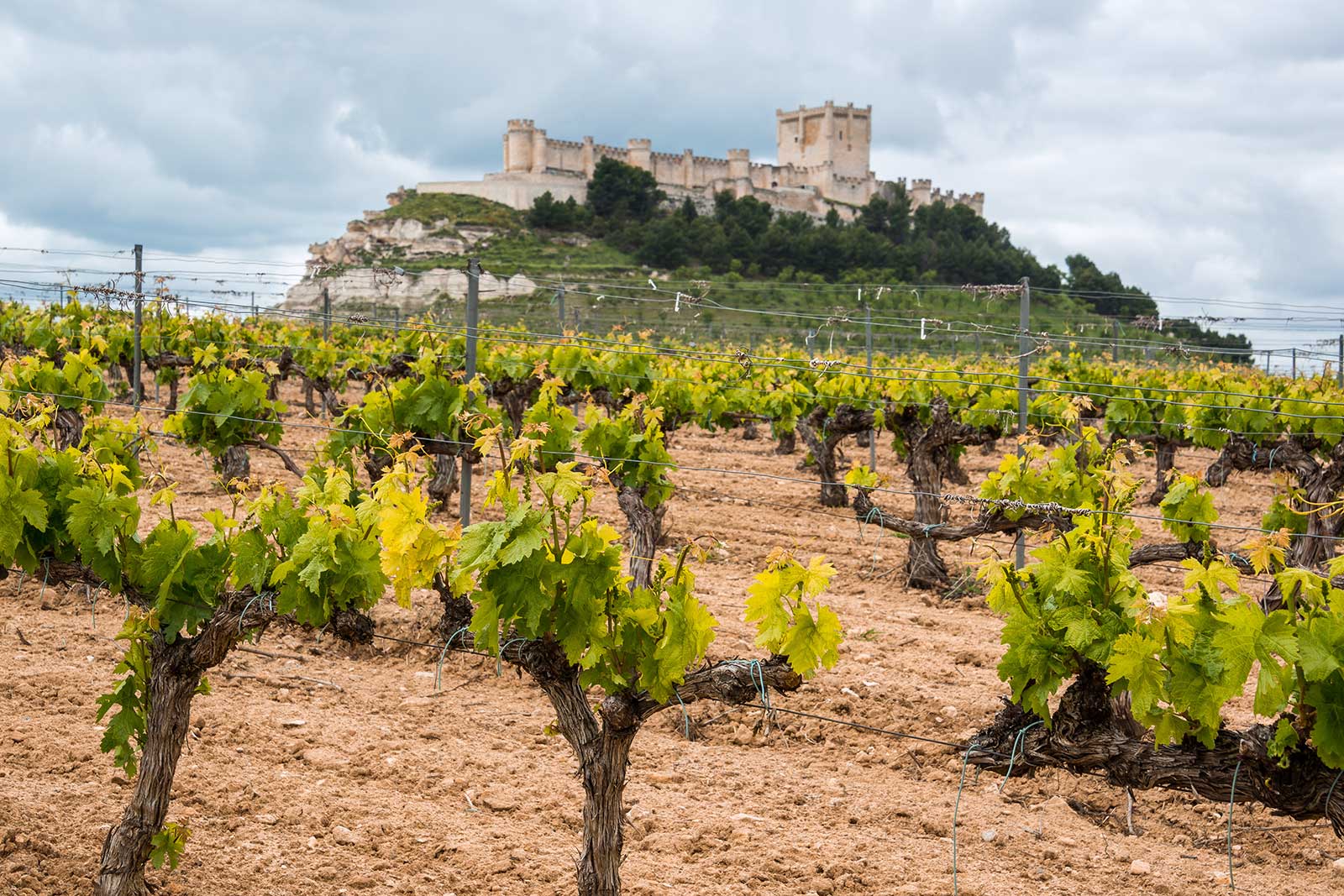
However, what these winemakers always understood is that great wine doesn’t come from aging requirements and oak barrels, but from great parcels producing excellent vines — something Ribera del Duero has in abundance. Wineries that once put their primary focus on meeting the DO’s aging and oak requirements are gently reshuffling priorities.
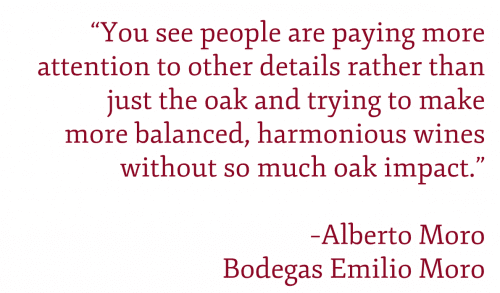 “People are paying a lot more attention to where the grapes come from in recent years,” says Alberto Moro, U.S. sales manager for Bodegas Emilio Moro (and fourth-generation descendant of the family-run winery’s namesake). “You see people are paying more attention to other details rather than just the oak and trying to make more balanced, harmonious wines without so much oak impact.”
“People are paying a lot more attention to where the grapes come from in recent years,” says Alberto Moro, U.S. sales manager for Bodegas Emilio Moro (and fourth-generation descendant of the family-run winery’s namesake). “You see people are paying more attention to other details rather than just the oak and trying to make more balanced, harmonious wines without so much oak impact.”
This shift in ethos is not about abandoning the classic Ribera del Duero style that established the region, but more about the region leveling up on the whole. Winemakers old and new have begun approaching Ribera del Duero reds with this new mindset, more carefully considering their terroirs and boosting their quality while in many cases still delivering excellent value.
And as long as Ribera del Duero is taking a deep, thoughtful look at its vineyards, its terroirs, and its identity, we may as well do the same.
Navigate This Guide
3 Reasons to Try Ribera del Duero
- Because you’re ready for a deeper dive into Tempranillo — Ribera’s heightened elevation and hot, dry growing season produce Tempranillo that comes off the vine more concentrated and generally more structured, exuding darker bramble and black-fruit notes rather than the typical cherry tones associated with Tempranillo from elsewhere.
- Because you appreciate a good deal (with a few exceptions) — You can find plenty of wines from Napa Valley and Bordeaux that hit a lot of the same notes in terms of flavor profile, structure and complexity. But by the time you’ve bought a second Napa Cabernet you could have assembled a diverse mixed case of Ribera del Duero for the same price. Up to you.
- Because this powerful red pairs nicely with whatever you’re eating – The versatility of these wines is greater than you might think considering they trend toward full-bodied and high alcohol. Ribera del Duero reds will pour fantastically next to hearty grilled meats or rich pastas — they just don’t beg for such things. Serve with a charcuterie board, or with a ham sandwich if you feel like it. Even with a fuller body they’re typically fresh and bright enough for lighter fare (or no fare at all).
About the Appellation and Its Wines
Named for its location astride the Duero River — yes, the same river that flows on into Portugal where it’s known as the Douro — Ribera del Duero is a Denominación de Origin (DO) located some two hours north-northwest of Madrid almost wholly devoted to producing Tempranillo. Locally the grape is sometimes referred to as “Tinto Fino” or sometimes “Tinta del País,” a regional rebrand meant to distinguish Ribera del Duero’s unique expression of Tempranillo from that grown in other neighboring regions. That rebrand hasn’t really caught on outside of Spain, but there’s good reason for drawing a distinction between the grapes grown here and elsewhere.
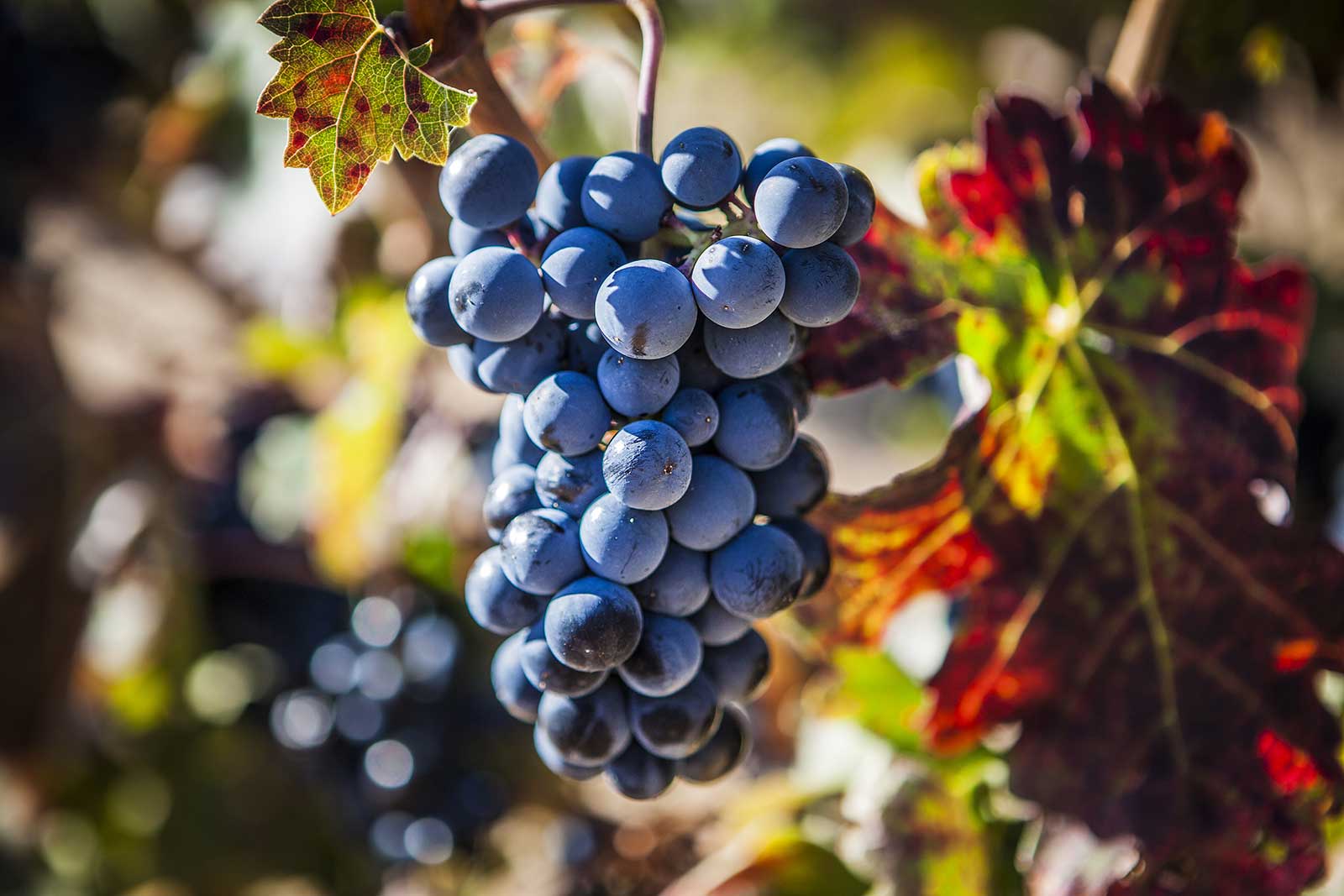
Terroir
The Tempranillo planted in Ribera del Duero has spent centuries adjusting to a short growing season and what can be a harsh climate marked by low rainfall and significant diurnal temperature swings of up to 50 degrees F in the summer. For a highly adaptable variety like Tempranillo, these conditions give the grapes a lot of room to be shaped by their environment.
![Gonzalo Iturriaga quote: “Tempranillo is an incredible grape variety that behaves completely differently depending [on] where it is planted.”](https://www.openingabottle.com/wp-content/uploads/2020/12/Iturriaga-quote-1-500x283.png) “I believe Tempranillo is an incredible grape variety that behaves completely differently depending [on] where it is planted,” says Gonzalo Iturriaga, technical director and chief winemaker for Vega Sicilia. “And I believe that the factor that has the greatest influence in Ribera del Duero is its continental climate. This translates in a very short growing cycle for the vines — the budburst happens [at the] end of April or beginning of May and harvest is usually the end of September or beginning of October — and Tempranillo is a grape that adapts very well to these growing conditions.”
“I believe Tempranillo is an incredible grape variety that behaves completely differently depending [on] where it is planted,” says Gonzalo Iturriaga, technical director and chief winemaker for Vega Sicilia. “And I believe that the factor that has the greatest influence in Ribera del Duero is its continental climate. This translates in a very short growing cycle for the vines — the budburst happens [at the] end of April or beginning of May and harvest is usually the end of September or beginning of October — and Tempranillo is a grape that adapts very well to these growing conditions.”
All those warm days and cool nights work to accelerate ripening while preserving the grapes’ natural acidity, resulting in balanced wines that — though perfectly ageable — drink well upon release (particularly when compared with some Riojas, where high acidity in young wines often calls for a little more bottle aging before those wines come into balance).
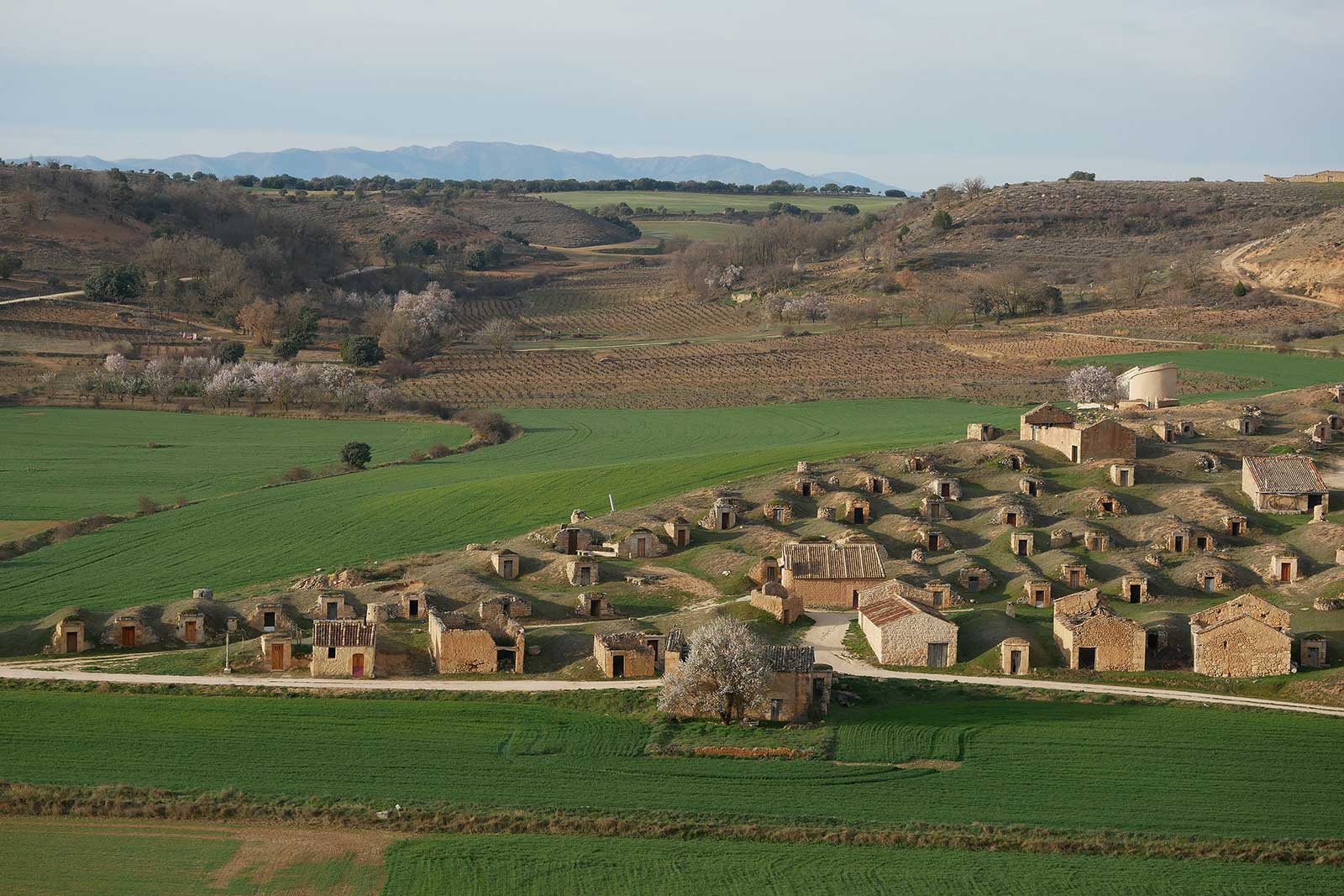
This distinction is compounded by significant elevation changes across Ribera del Duero. Moving across the region, elevations begin at around 2,500 feet near Valladolid in the west and reach up toward 3,600 feet around Soria at the eastern end of the appellation. That’s several hundred feet higher than the highest vineyards in Rioja, most of which are between 1,700 feet and 2,400 feet. Tempranillo thrives in this high, arid region, but the sunbathed-but-short growing season ensures the grapes don’t live stress-free. And that’s the point. Sparse rainfall, hot days, cold nights, and a rich variety of soils (the DO recognizes 31 distinct soil types across the region) makes for grapes that can differ significantly across the appellation. However, they commonly tend to express high alcohol, solid tannin, and excellent natural acidity which punches up Ribera del Duero’s fruit and freshness. The resulting wines are concentrated and bold, balanced naturally by that well-preserved acidity.
What is Permitted
The DO allows Cabernet Sauvignon, Merlot, Garnacha Tinta and/or Malbec to make up as much as 25 percent of a Ribera del Duero red wine, but all reds must contain a minimum of 75 percent Tempranillo (and most are made 100 percent Tinto Fino). Albillo Mayor — a white variety — are also allowed, but together can only comprise 5 percent.
The DO also allows rosados made with a minimum 50 percent of the region’s allowable grapes, as well as white wines containing a minimum 75 percent Albillo. However, these wines are in much shorter supply, so for your first taste, we will be focusing on the red wines for which the region is renowned.
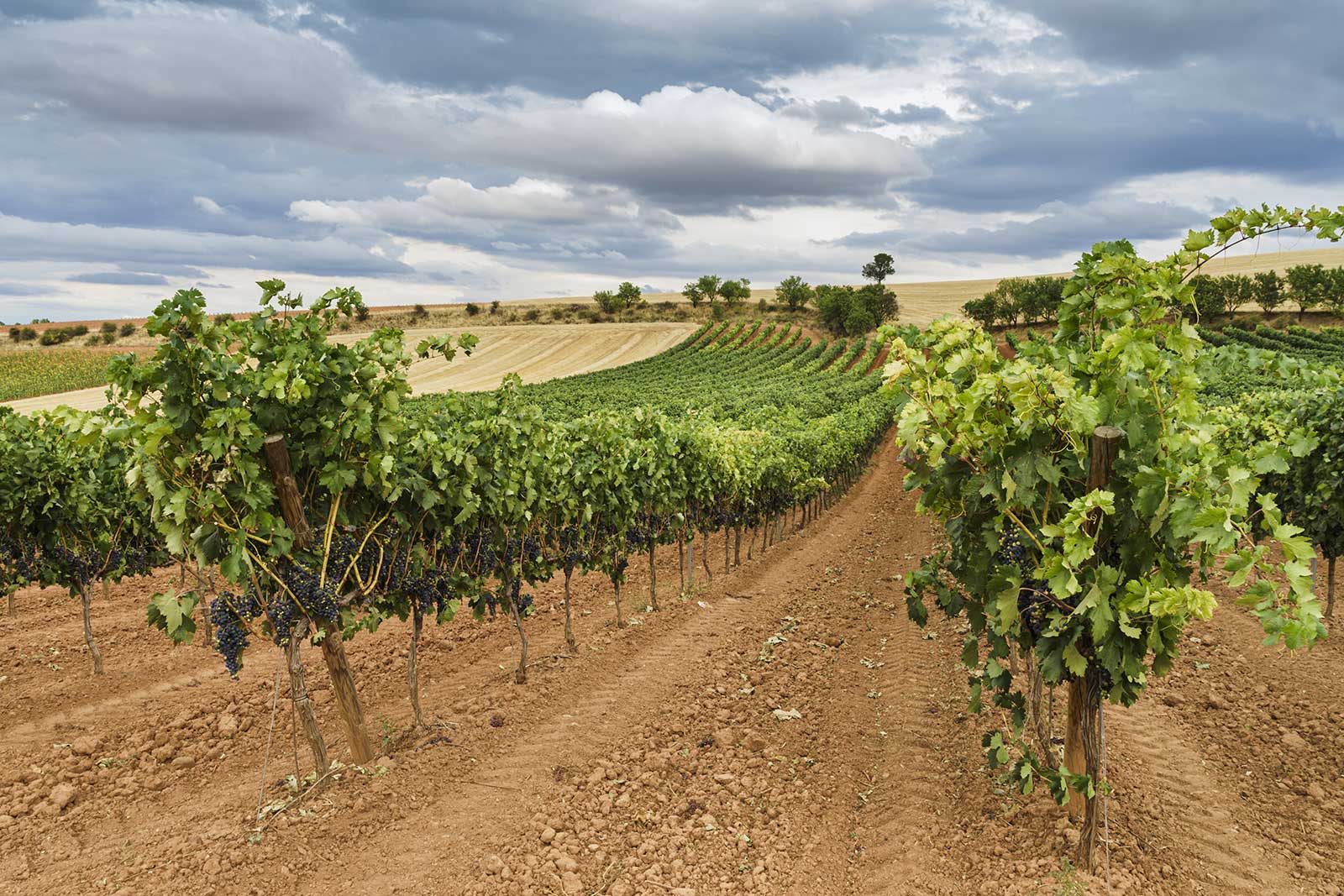
Ribera del Duero adheres to oak and bottle-aging designations resembling those found elsewhere in Spain. As noted above, many winemakers are rethinking their relationships with oak, brushing aside the DO’s system for grading wine based on time spent in barrel and bottle and instead pursuing their own vision for the best possible winemaking style for their particular vineyards.
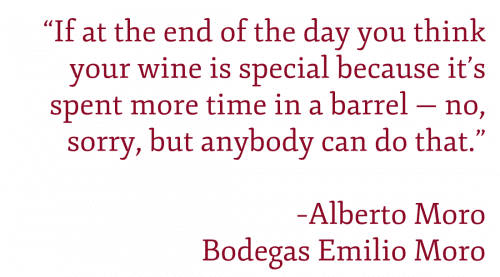 “The way it’s been moving in recent years, and the way it will continue to move, is toward finding essence in the vineyard, which is what we have to offer that’s different than any place in the world,” Moro of Bodegas Emilio Moro says. “If at the end of the day you think your wine is special because it’s spent more time in a barrel — no, sorry, but anybody can do that.”
“The way it’s been moving in recent years, and the way it will continue to move, is toward finding essence in the vineyard, which is what we have to offer that’s different than any place in the world,” Moro of Bodegas Emilio Moro says. “If at the end of the day you think your wine is special because it’s spent more time in a barrel — no, sorry, but anybody can do that.”
This philosophical shift has in recent years produced a lot of new and arguably more interesting Ribera del Duero wines. But it’s also muddied the waters somewhat for the consumer in that many excellent Ribera reds don’t slot neatly into the very labeling scheme devised by the DO to help consumers quickly ascertain the quality level of a wine. Many wines — including some of the first-taste recommendations listed below — are technically labeled Cosecha, once the designation for young wines that hit the bare minimum requirements for the appellation. Many of these wines are well-aged in both barrel and bottle, but simply not in a way that meets the particular standards set out decades ago by the DO.
Deciphering the Label
If and when the DO might alter its classification scheme and/or labeling terms to better reflect terroir and winemaking style — as Rioja DOCa did a couple of years ago — remains an open question. At some point, the Ribera del Duero DO will likely have to revisit these labeling terms and associated aging requirements, as age and oak are simply no longer meaningful measures of the quality of a Ribera del Duero wine. In the meantime, the labeling terms spelling out the official aging requirements for the appellation are as follows:
- Cosecha wines spend little if any time in the barrel but meet all other minimum requirements. Typically, they are meant to be consumed young and fresh.
- Crianza indicates a wine aged 24 months with a minimum of 12 months in an oak barrel.
- Reserva wines are at least 36 months old, having spent at least 12 of those months in barrel.
- Gran Reserva wines are at minimum five years old, two years of which must be spent in a barrel.
It should also be noted that, per the appellation guidelines, oak barrels for Crianza, Reserva and Gran Reserva cannot exceed 330 liters, which rules out the use of some larger oak casks for these categories.
Your First Taste
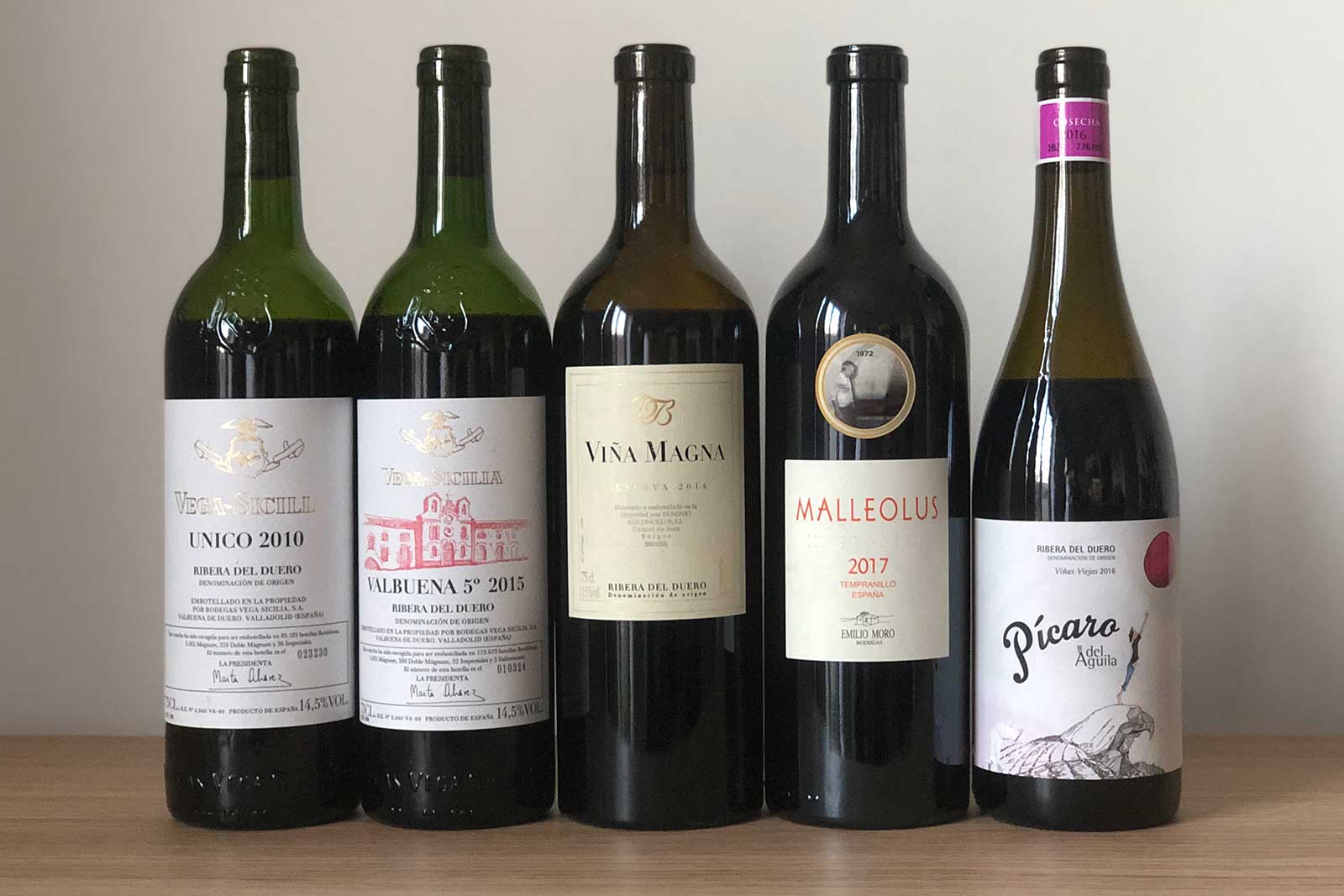
For these recommendations, I tasted through a number of Ribera del Duero wines, mostly those made in the classic style for which Ribera del Duero is known — big fruit, big body, plenty of new oak — but also a few in the more modern, lighter-and-brighter style that is emerging across the region.
Spoiler: I was fortunate to taste a 2010 vintage of Vega Sicilia “Único” for this story, and it lived all the way up to its reputation and then some. But if you want to truly understand what Ribera del Duero is and where the region is going, these high-dollar bottles are where you want to end up, but not where you want to begin.
Dominio Basconcillos
For your first taste, you’d be hard pressed to do better than the 2014 Dominio Basconcillos “Viña Magna” Reserva (★★★★ 3/4). Brimming with dark fruit, dried herbs, floral notes and spice (alongside some tertiary notes that are almost meaty), this wine comes from a high-elevation plot boasting 80-year-old vines. It embodies traditional Ribera del Duero winemaking sans any significant stylistic surprises.
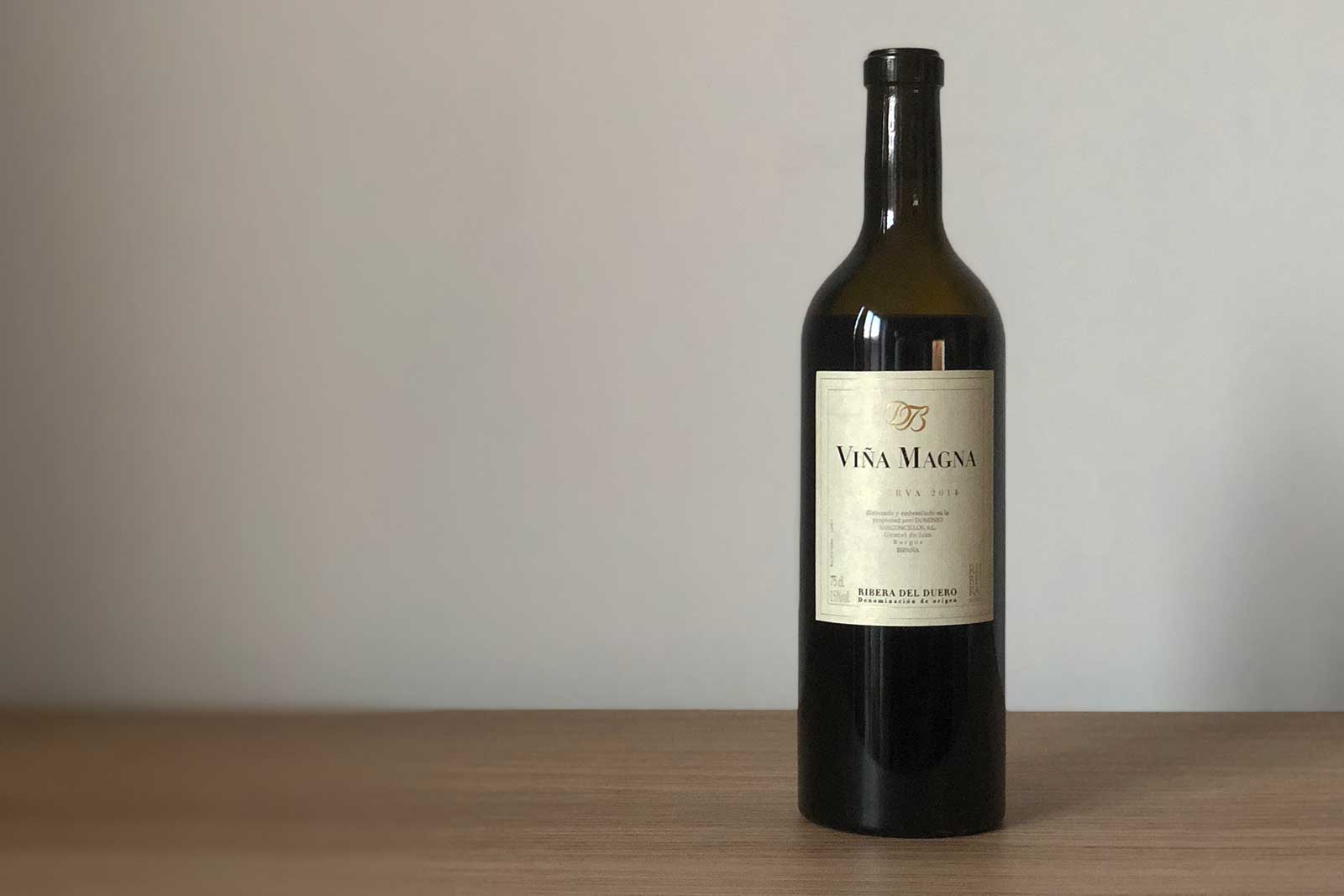
If the region’s newer winemakers are building Teslas with the “move fast and break things” ethos of a Silicon Valley startup, this wine is more like a Lexus. It’s elegant, comfortable, well-crafted, and luxurious. But under the hood it’s also a Toyota, so it won’t be breaking down on you anytime soon. This is classic Ribera del Duero, all about fruit, oak, and age. Understand “Vina Magna” and you’ve got an excellent fundamental baseline from which to understand Ribera del Duero.
Dominio del Águila
Contrast it with the 2016 Dominio del Águila “Pícaro del Águila” Viñas Viejas (★★★★ 1/2) which will tell you all you need to know about the more playful, less-oaky style emerging from Ribera del Duero.
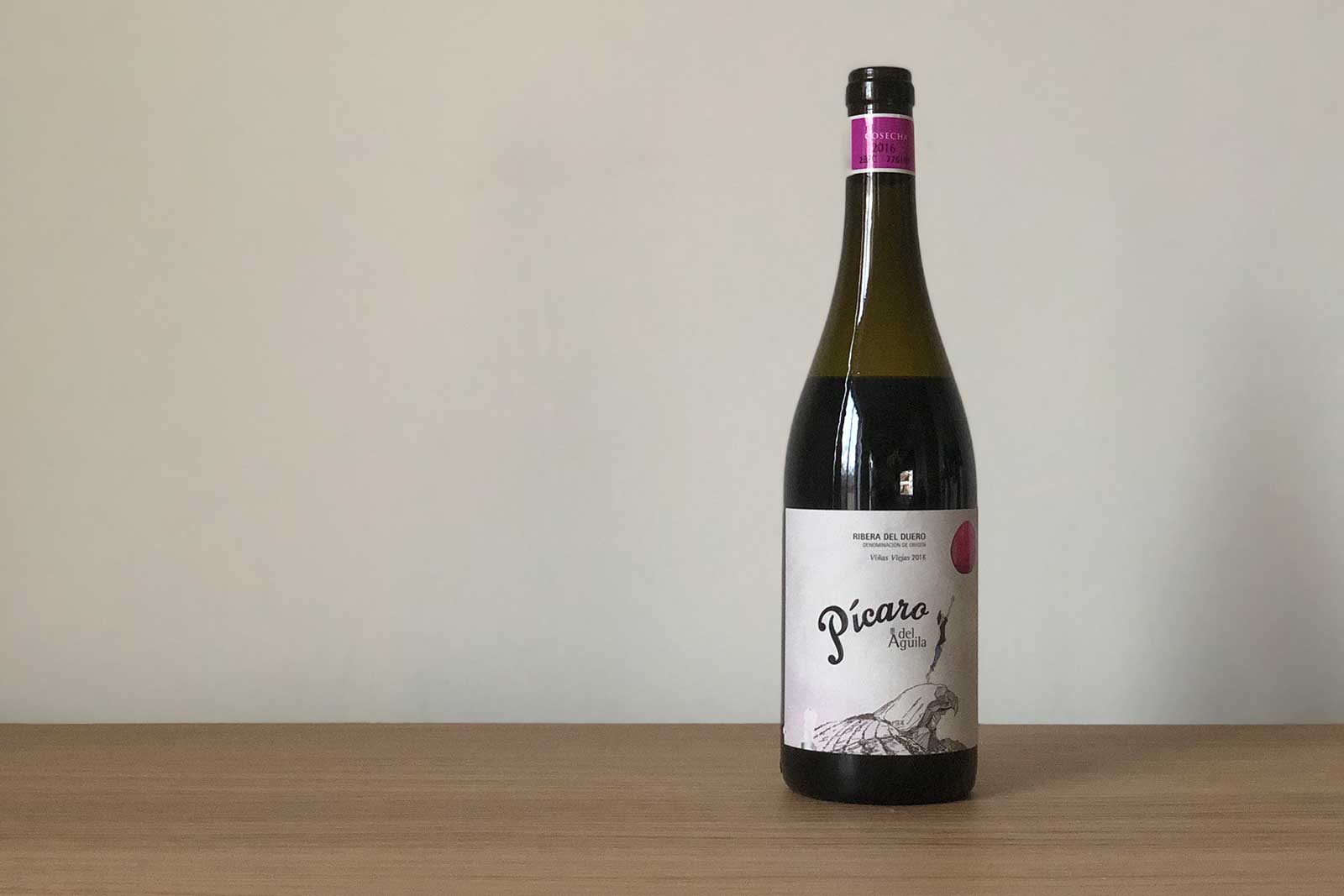
Floral, fresh, juicy and leaning back toward red fruit and even a little sweet blueberry, this wine delivers a vibrancy not typically associated with traditional Ribera del Duero reds. Of the newer-style Ribera del Duero’s sampled for this piece, the “Pícaro” stands out for its brightness, something that will become readily apparent if you taste it next to a more traditional Ribera del Duero.
It doesn’t hurt that it’s an excellent value for the quality as well.
Emilio Moro
Speaking of excellent bang-for-buck, the 2017 Emilio Moro “Malleolus” (★★★★ 1/2) also delivers in this respect while somewhat straddling the line between “modern” and “classic” in Ribera. In 1998, the Moro family made the conscious decision to stop allowing aging requirements to influence decisions in the winery and instead focused on producing the best wine possible from each individual vineyard and parcel at their disposal.
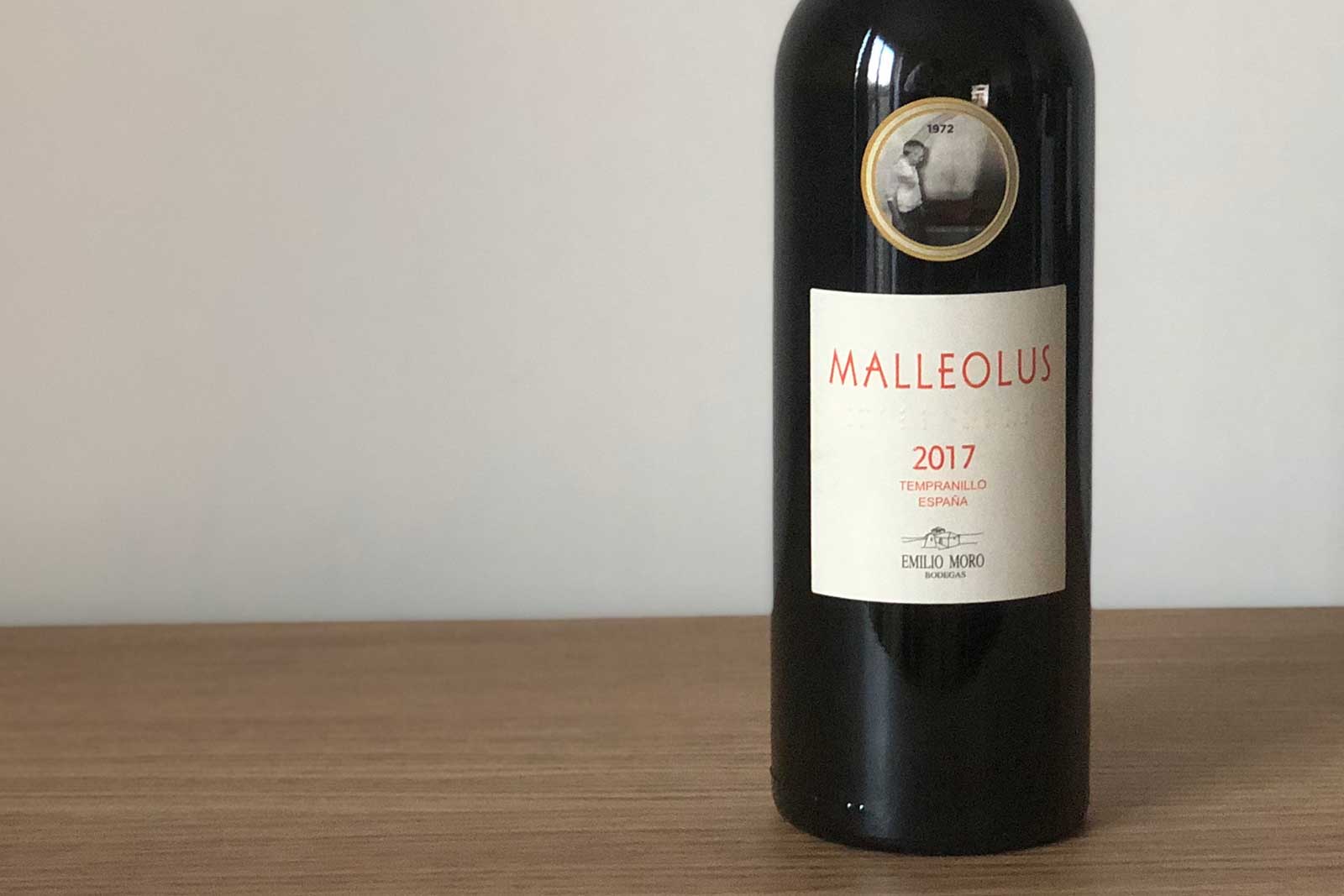
Aged in milder French oak and with an emphasis on exhibiting their best vines and soils, Malleolus comes from vines ranging 25-75 years old — including the oldest on the property. It teems with blackberry and dark fruits, fresh floral aromas, ripe tannins and a dash of spice that’s noticeably less oaky than that found in Ribera del Dueros aged in new American oak.
Of the wines tasted for this piece, the Malleolus best captured the philosophical transition underway not only at Bodegas Emilio Moro, but across the region.
Vega Sicilia
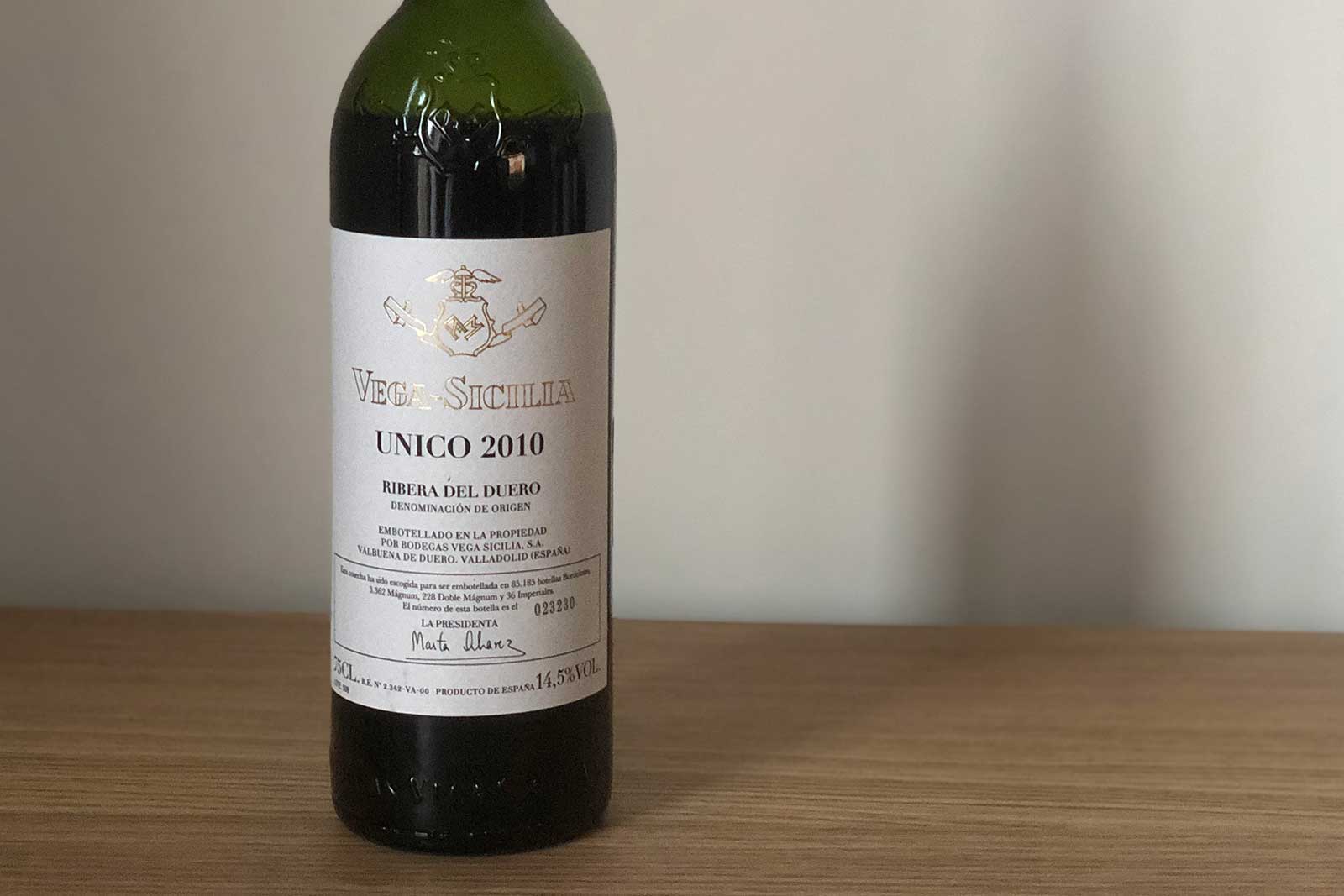
All of the aforementioned wines are both suitable examples of Ribera del Duero winemaking and perfectly obtainable (with prices ranging from $30 up toward $80). But it’s really not possible to talk about Ribera del Duero wines without talking about Vega Sicilia.
Founded in 1864, Bodegas Vega Sicilia began its life working with Bordeaux grapes via cuttings imported from France by Eloy Lecanda, a Basque-born, Bordeaux-trained winemaker and entrepreneur. Even then, Tinto Fino was part of the mix and in the intervening decades, it came to dominate Vega Sicilia’s wines. Through the mid-20th century — while most of the grape cultivation in the region was sold to co-ops — Vega Sicilia made its name producing wines under its own label. In the process, they became not only a signature wine of Ribera del Duero, but arguably the most sought after, collectible wine from all of Spain.
The wine that achieved this crown jewel status is Vega Sicilia “Único” Ribera del Duero (★★★★★). The reason this wine remains the standard-bearer for the region is clear. It ticks all the boxes for characteristic Ribera del Duero — a hit of heady spice on the nose giving way to some cooked strawberry and heaps of black cherry, blackcurrant, and even the faintest whiff of licorice. But this stunner rolls over the palate in waves, with all that lovely fruit, spice, and vanilla mingling with round, sanded-off tannins and a spicy finish that takes its time tapering off.
Único represents such a complete and well-integrated example of everything Ribera del Duero wines strive for that it’s not exactly surprising that this wine typically retails for upward of $400 a bottle. The fact that the DO label attached to Ribera’s most revered wine reads Cosecha — technically the “lowest” rung on the aging requirements ladder — highlights the ways in which the region’s hierarchy of labeling terms are far from perfect.
Único typically spends a little more than five years in oak before resting in the bottle for nearly five years more, a process that imparts all that elegance and complexity to the wine. But because it starts in a mix of French and American oak and then undergoes a much longer portion of its wood aging in huge, 10,000-plus liter oak vats, it doesn’t neatly hew to the specific barrel-aging requirements and associated labeling terms of the DO.
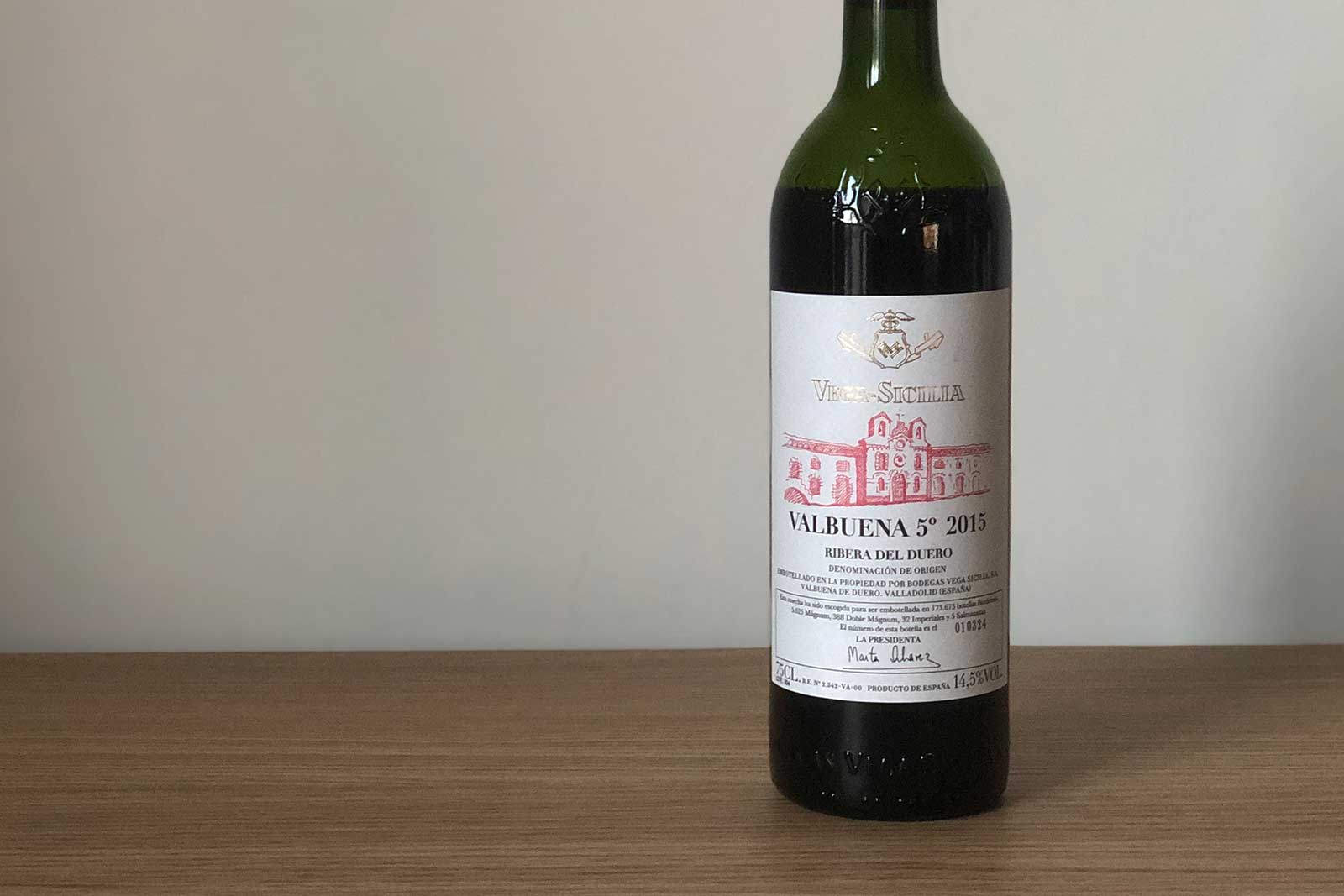
I found the 2015 Vega Sicilia “Valbuena 5°” Ribera del Duero (★★★★ 3/4), the younger cousin to Unico, to be its more muscular counterpart in the most pleasant of ways, providing more pronounced herbal notes, a little more soft oak and somewhat brawnier tannins that punch up the texture (and for less than half the price of Único). As the kids say, this one slaps.
Vega Sicilia also produces a lighter, more modern style of Ribera del Duero (aged in used French oak) at a winery it established next door to its flagship bodega back in 1991 under the name Alión — proof that even those winemakers with the longest history in the region are embracing the evolution of Ribera del Duero.
***Revision: Upon initial publication, this piece noted that the Ribera del Duero blend allowed for only a small amount of Garnacha Tinta. This has been edited to align with recent changes to the regulations.
Note: All wines analyzed for this article were provided as samples by Ribera y Rueda and a select group of importers that we approached for this story. Learn more about our editorial policy.
